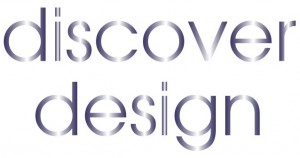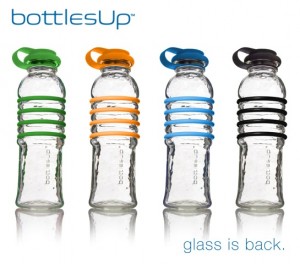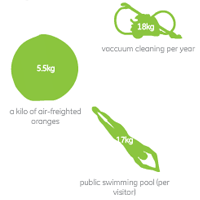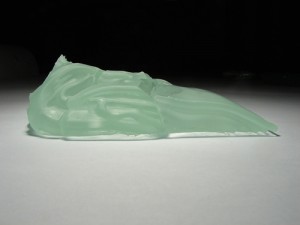BottlesUp Featured in New “Discover Design” at 2011 International Home + Housewares Show
 This year at the International Home + Housewares Show in Chicago, we’ll be one of 50 companies invited in to the special “Discover Design” section. This invitation-only area will be the section retailers have been asking for – a section dedicated to highly-styled products that will generate interest and excitement with their customers. We’ll be debuting our beautiful glass water bottles, made using ancient techniques in a modern glass-making facility. Our bottles, made up of a minimum of 75% recycled glass and food-grade silicone caps and ‘grippers’, highlight the beauty of glass. Our responsible design (created by a nationally-acclaimed glass artist), sourcing (100% sourced and made in North America) and packaging deliver a product that looks good, feels good and does good. Glass is naturally BPA-free and PVC-free, it won’t leach harmful chemicals, it leaves no residual odor or taste. The bottle is designed to fit the natural grasp of the hand and has a wide mouth with a rounded lip. Adding to that, we don’t use any plastics in our bottle or in our packaging – none, nada, zilch. By using glass instead of plastic, the use of one BottlesUp glass water bottle can keep 240 plastic bottles out of landfills every year. Wouldn’t you agree the combination of beauty, functionality, and responsibility is one you’d like to see?
This year at the International Home + Housewares Show in Chicago, we’ll be one of 50 companies invited in to the special “Discover Design” section. This invitation-only area will be the section retailers have been asking for – a section dedicated to highly-styled products that will generate interest and excitement with their customers. We’ll be debuting our beautiful glass water bottles, made using ancient techniques in a modern glass-making facility. Our bottles, made up of a minimum of 75% recycled glass and food-grade silicone caps and ‘grippers’, highlight the beauty of glass. Our responsible design (created by a nationally-acclaimed glass artist), sourcing (100% sourced and made in North America) and packaging deliver a product that looks good, feels good and does good. Glass is naturally BPA-free and PVC-free, it won’t leach harmful chemicals, it leaves no residual odor or taste. The bottle is designed to fit the natural grasp of the hand and has a wide mouth with a rounded lip. Adding to that, we don’t use any plastics in our bottle or in our packaging – none, nada, zilch. By using glass instead of plastic, the use of one BottlesUp glass water bottle can keep 240 plastic bottles out of landfills every year. Wouldn’t you agree the combination of beauty, functionality, and responsibility is one you’d like to see?
If you’re heading to the IHA show in Chicago, come by Booth #3971. Come see the true beauty of glass in a better, more responsible bottle.
BottlesUp Featured in New “Discover Design” at 2011 International Home + Housewares Show Read More »



